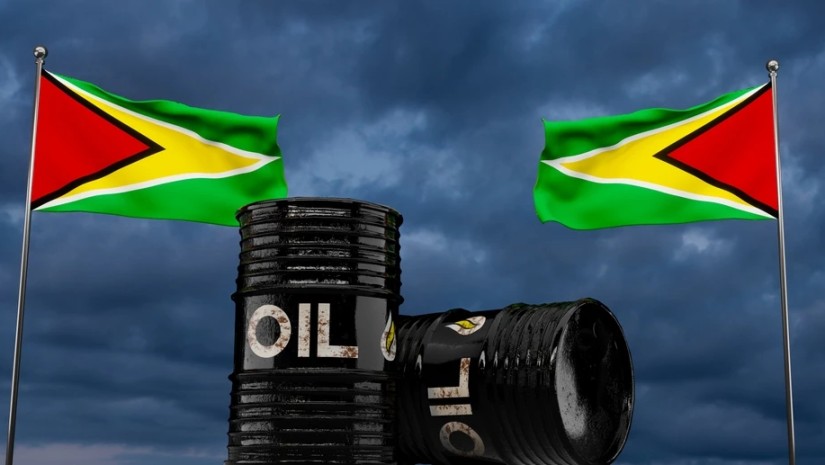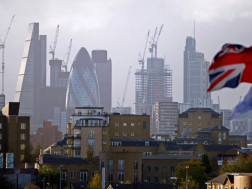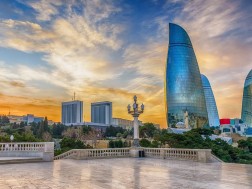The world’s fastest growing economy may be on track to grow by more than 100% by 2028, largely fueled by profits from its oil production and export sector, according to one analysis.
Guyana, a country in South America with a population of about 800,000 people, is projected to grow 38% by the end of the year — an “extremely fast” pace, according to recent GDP forecasts by the International Monetary Fund.
The IMF is not alone in its optimism.
BMI, a Fitch Solutions research unit, is also of the view that “Guyana will see explosive growth this year,” said Andrew Trahan, its head of Latin America country risk.
He expects real GDP in Guyana to rise about 115% in the next five years.
“The exact magnitude of the increase [is] dependent on how quickly additional oil production is brought online,” he added.
BMI sees oil production in Guyana to jump from around 390,000 barrels per day this year to over a million barrels per day by 2027 as new offshore fields in the country’s Stabroek Block are opened by a consortium led by ExxonMobil.
Guyana’s Stabroek Block is a 6.6 million acre offshore oil reservoir off the country’s Atlantic coast, and is estimated to hold 11 billion barrels of oil, according to ExxonMobil.
“Guyana’s robust growth has been, and will continue to be, driven by a rapid expansion of oil production following a series of discoveries in recent years,” Trahan said, adding that higher oil production will bolster Guyana’s net exports.
Guyana recorded a GDP growth of 62.3% in 2022, the highest in the world, according to the IMF.
Besides oil production ramping up with a third oil field coming on stream, growth in Guyana’s non-oil sector has also been boosted by investment in transportation, housing and raising human capital. IMF’s report highlighted that Guyana’s agriculture, mining and quarrying sectors are also performing well.
Trahan forecasts that the country will be the fastest growing economy in the world in 2023 again, and expects it to retain the title for at least the next two years.
“We see this strong growth continuing over the coming years as oil production keeps going up, with real GDP rising roughly 115% between 2022 and 2028,” he said.
Guyana’s stronger energy exports will fuel the country’s growth trajectory, as will the spillover benefits of strong investment, new employment opportunities and increase in government revenues.
Risks to the forecast
That said, the bullish outlook is not without risks.
Guyana has grown rapidly from being one of the poorest Caribbean countries to an economy “showing exceptional growth,” Valerie Marcel, an associate fellow at think tank Chatham House, told CNBC via email.
The positive growth trajectory will continue, but that will hinge on the country’s political stability and high oil prices.
“Over time, oil prices will be quite volatile and eventually stay low. That’s why it’s extremely important for Guyana to diversify its economy,” said Marcel.
Like any country dependent on oil revenues, Guyana races risks — notably in corruption and Dutch disease, she cautioned. Dutch disease is an economic term referring to the negative repercussions that arise from rapid development as a result of newfound resources, which paradoxically harms the broader economy.
Likewise, BMI sees notable political risks.
“Guyana is a country with a history of deep divisions between its Indo- and Afro-Guyanese populations, and it struggles with corruption and organized crime,” said Trahan. The influx of oil profits could exacerbate the divisions, he said, CNBC reports.
















